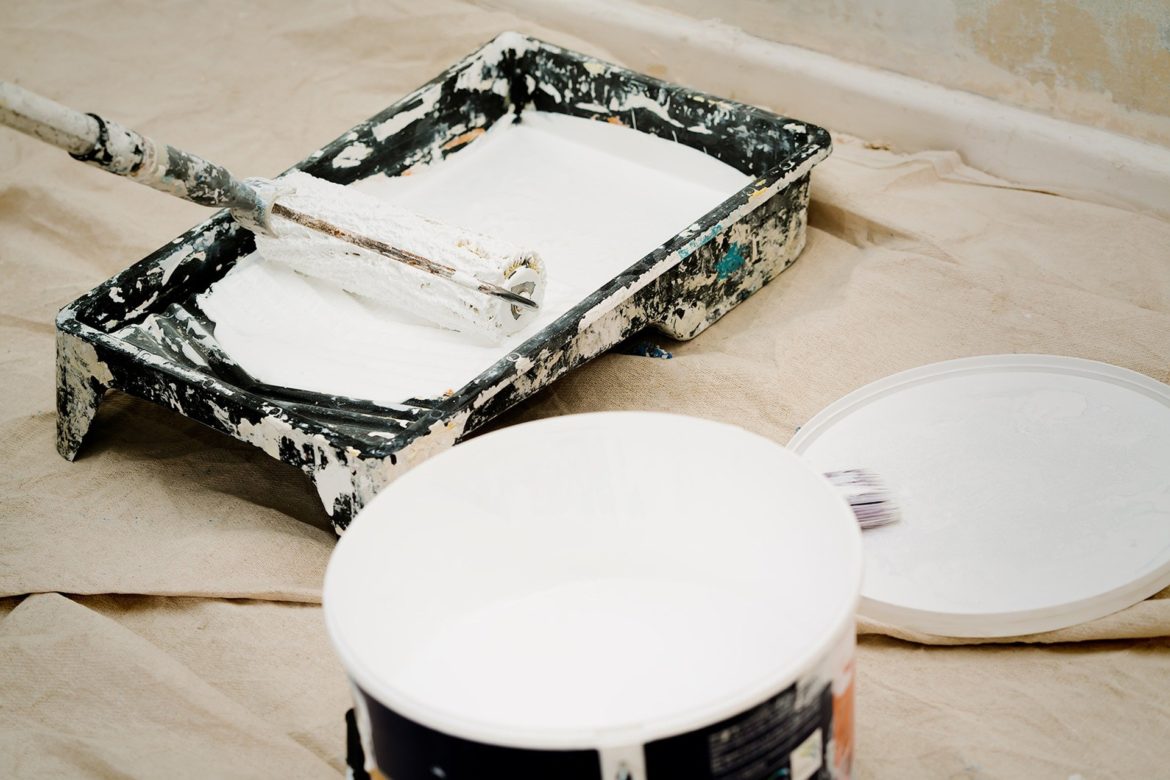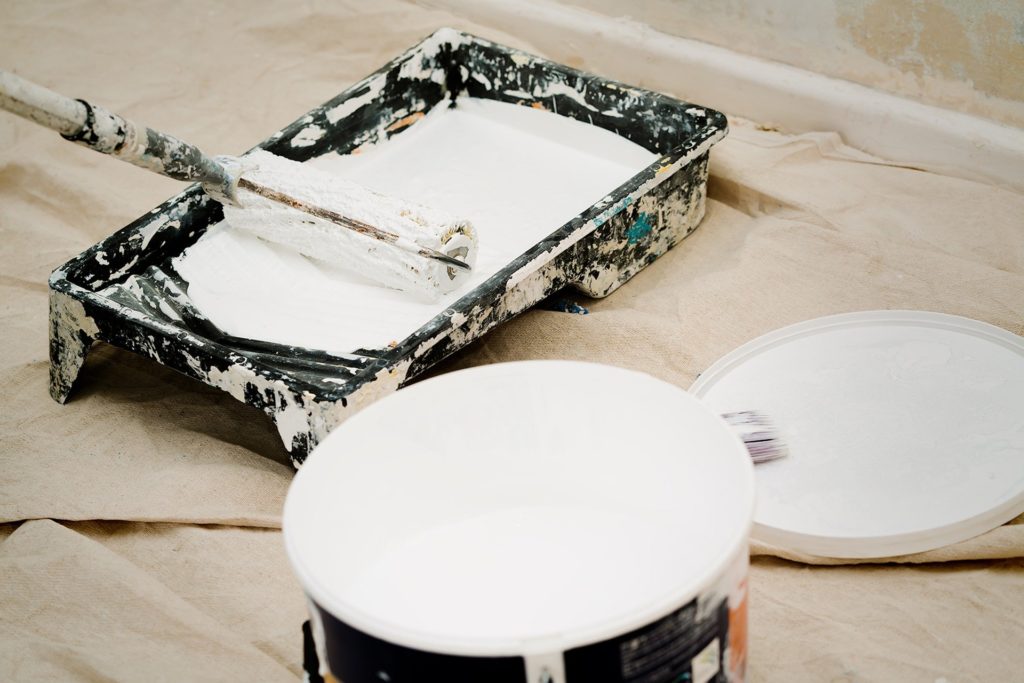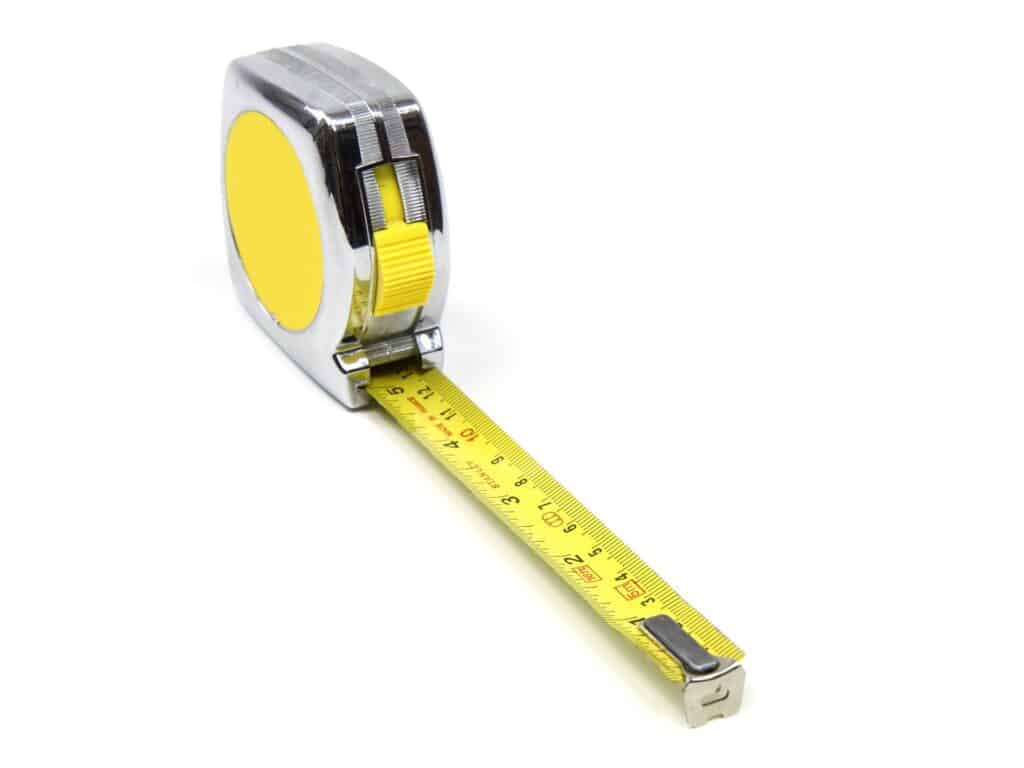(206) 258-6676

Interior Painting Bidding Process

When starting a new home improvement project, budgeting is an intensive and stressful activity. Knowing what goes into the bidding process will help you budget more effectively. After receiving a bid for your future project, you may be asking yourself how the sales representatives arrived at a specific price. What do they consider? What makes one room more costly to paint than another? Sound Painting Solutions hopes to be transparent about how we price an interior painting project by sharing the considerations we make for each bid.
Measurement is key.
When our sales representatives estimate a room, they take two wide-angle photos of the room to showcase it to the rest of our team. The images will allow the painting crew to determine if there are any problematic angles in the room. Then, they will do a take-off, or measurement, of the room. They will measure the height of the ceiling and the linear footage of each wall. They will finish counting the number of window frames, doors, door frames, and closets in the room.
Each portion of the room has a specified cost assigned to it that has been predetermined by Sound Painting Solutions. For example, an average-sized closet (4 wide by 2 deep) is around $135. As the number of window frames, doors, and closest increases, so will the price.
We can calculate the total based on the parts of the room (walls, ceiling, closets, window/door frames, etc.) the client wants to be painted for their project, keeping in mind the above considerations.

Other tasks that can affect pricing:
- Trim. If a client wants the trim of a room painted, we consider how much trim the room has and the type of trim the room has. Trim examples include crown molding, chair rails, picture rails, French cut wood windows, baseboards, etc.
- Excessive preparation work. We take note of the number of small dent or divots that may need repair. Other considerations include the preparation work needed to fill cracks and any drywall texturing required to complete the project.
- Tall ceilings. Suppose the ceiling is taller than the standard 8’ or has intricate angles, depth, or slopes, the extra labor needed to complete projects with these specifications will add to the overall cost.
Example Prices: These calculations are made under the pretense that three sheens (separate sheens for walls, ceilings, trim) are used, there is no to minimal wall preparation, and the ceiling is standard (i.e., flat, not vaulted, not slanted), and no accent walls are requested.
- 8′ Tall by 12′ by 10′ Walls – $550-600
- Ceiling – $200
- Door – $120 ($60/side)
- Door Frames – $60/side
- Baseboards – $4/linear foot
- Crown Molding + $3.50/linear foot
- Window Frames – Price not specified due to varying sizes and types (french, etc.)
We hope this eases some of the stress and answers some of your questions regarding the bidding process for interior painting projects. Please follow this link to get a free quote!
If you have any more questions about this process, please leave a comment or contact us at [email protected]
Thank you for reading! Check out our other blog posts here.

Comments
I appreciate that you described how creating a budget is a time-consuming and difficult task when beginning a new home improvement project. Budgeting more successfully depends on your understanding of the bidding procedure. My grandparents will find this useful as they prepare to paint their home to give it a more contemporary appearance. I’ll be sure to pass along your essay to them so they may remember it for when they eventually employ the appropriate specialist.